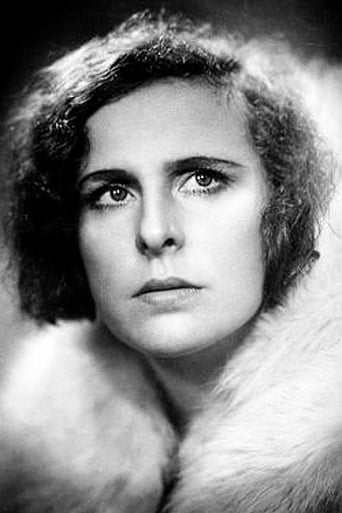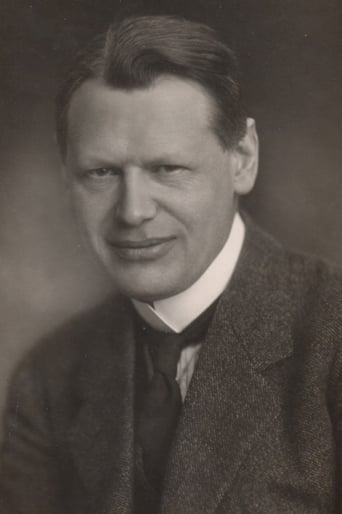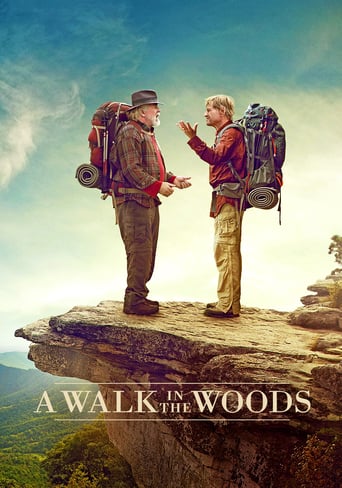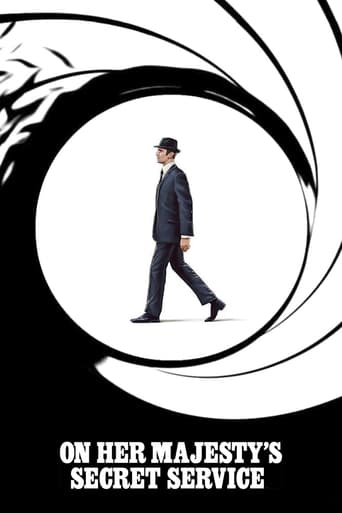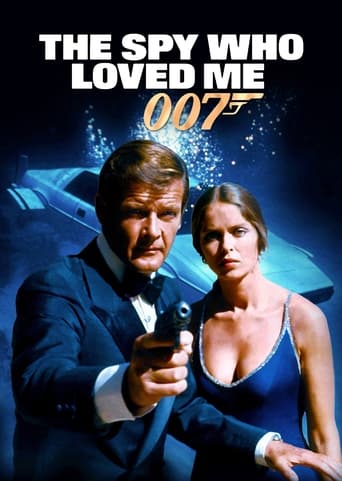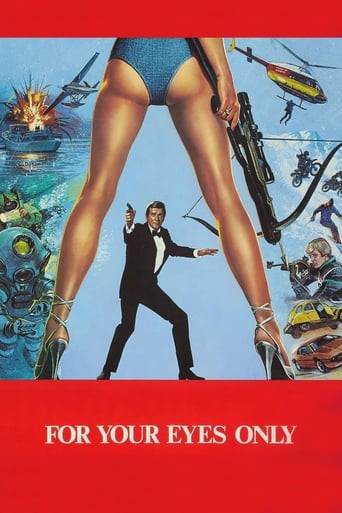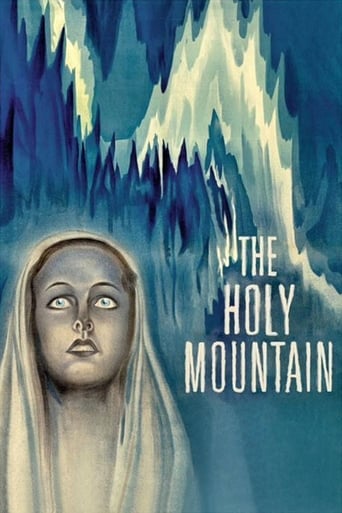

The Holy Mountain (1926)
Professional dancer Diotima finds herself the apex of a love triangle when she is pursued by two mountain climbers, Vigo and his older friend.
Watch Trailer
Cast
Similar titles

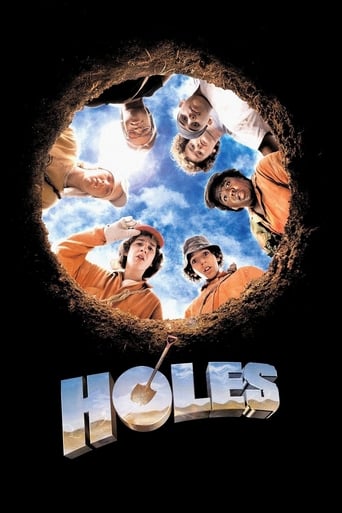
Reviews
Wow! What a bizarre film! Unfortunately the few funny moments there were were quite overshadowed by it's completely weird and random vibe throughout.
This is a small, humorous movie in some ways, but it has a huge heart. What a nice experience.
This is a coming of age storyline that you've seen in one form or another for decades. It takes a truly unique voice to make yet another one worth watching.
There are moments in this movie where the great movie it could've been peek out... They're fleeting, here, but they're worth savoring, and they happen often enough to make it worth your while.
I was really looking forward to the Kino DVD of The Holy Mountain (1926) which I assumed would feature the original music score by Edmund Meisel. Instead of the grandeur of Meisel, however, Kino treats us to a monotonous, half-baked and often totally inappropriate offering from Aljoscha Zimmerman. Admittedly, even Meisel may have found it difficult to set Leni Reifenstahl's repetitive posturing (you couldn't call it "dancing") to music, but even a dim reflection of the stark, deadly beauty of the Swiss and Bavarian Alps should have been possible. Not so, however. The score manages to undermine the luster of everything it touches. An oft-told noirish tale of a love triangle twisted to the point of dementia, The Holy Mountain serves not only as a scenic backdrop but as a murderous participant. (The Kino DVD rates 10/10 for its superlative preservation of the original's color-tinted photography, but somewhat less for the failure of its music score).
Some superb cinematography is the only thing that saves this fairly turgid melodrama from being completely ordinary. Given the stunning scenery featured here it would be difficult for even the most workmanlike of cinematographers to come away without some spectacular shots, but in the hands of a veritable army of credited cinematographers we are left with a succession of images that will remain in the memory long after other details of the film have been forgotten.Leni Riefenstahl, who would later become notorious for directing Nazi propaganda films for Hitler, plays the heroine, a dancer who falls in love with a dashing skier. The skier's young friend, also dashing but in a less mature way, also falls for her and both men mistakenly believe the young man's love is reciprocated – a misunderstanding that leads to tragedy.When she's called upon to emote, Riefenstahl overacts horrendously, flinging her arms into the air, half-swooning against any nearby piece of furniture or wall, and hysterically biting her hands when she's not throwing her head into them. She really is shocking and, given everyone else's more naturalistic style, she ends up coming across as a highly-strung diva who's misplaced her happy pills, which I don't believe is what the director is looking for.Anyway, it's nature, and not Riefenstahl, who is the real star. The film heavily symbolises the links her character (the sea) and her lover (the stone) share with nature, scenes of which the camera seems to gorge itself on, suggesting a reverence that lends the most natural of phenomenon an almost mythical quality. The director juxtaposes the vast open spaces of the mountains and the sea with extreme close-ups of the principal's faces to offer an insight into their emotions and emphasise the disparities that will drive them apart.And if you happen to catch this film, bear in mind – as the film beseeches you to – that there is no trick photography in use here: that man really is peering over the edge of a sheer cliff with the front of his skis in mid-air, and the cameraman really is hurtling down the ski-slopes with his subjects as he captures how it feels to take part in a rugged ski race. Forget the dreary romance, these scenes – and the breathtaking shots in which we see climbers pinned to mountains at the far left of the picture and silhouetted against a vast sky - are the moments that breathe life into this film.
The simple storyline is about Diotima, an inspirational dancer played by Leni Riefenstahl, and her love story with Karl, a tough mountain lover who, in the best German romantic tradition, finds the Absolute climbing the highest peaks. The greatness of the movie is in the winter mountain scenery and in the filming of ski competitions. Some of the filming was done in Upper Engadin, in Sils-Maria, a small Swiss village about 6 miles west of St. Moritz. In one scene it is clearly recognizable the Mount Margna and in a few others, the village of Sils-Maria is visible with the Hotel Alpenrose and the Chesa Zuan (both are still standing and look remarkably similar). Some other filming is probably from the nearby Val Fex, and there is also a beautiful view of the Silsersee with Maloja visible in the distance.Considering the limited technical support available for winter alpine filming in 1926, it is remarkable that the photography is mostly crisp and engaging, and that it shows the peculiar light quality of Upper Engadin. Riefenstahl's acting is fantastic but inevitably dated. She is expressive and intense, with a bit of influence from Weimar Expressionism. She outclasses all other actors, who appear unidimensional.A movie strongly recommended, if only for the incredible quality of alpine photography and for the timeless Riefenstahl performance.
Director/Script: Arnold Fank, Cast: Leni Riefenstahl, Luis Trenker, Ernst Petersen. Arnold Fank was known for "mountain films" during the German silent era. This is considered to be his most famous. This film is basically a mellow drama. It is the mountaineering, skiing and dancing that make this film so interesting to watch. It centers around this beautiful dancer named Diotima (played by Leni Riefenstahl) and two men that fall for her, a mountain climber named Karl (played by Luis Trenker)and a ski champ named Vigo (played by Ernst Petersen). Karl and Diotima develop a relationship, Karl leaves to go on a mountain climb. During this time she meets Vigo at a ski competition and develops a friendship with him. Karl comes back from his expedition to find Diotima with Vigo and he become very jealous of Vigo. He offers to take him on a climb up the north face of a mountain during the time of the season when it is considered dangerous to do so because he wants to do harm to his friend. Vigo reluctantly offers to go because of the climbing conditions. Anyhow, they climb the mountain together, they get up on a high ledge and Karl pushes him off the ledge but ends up trying to save him because they are roped together. They are stuck up there for a long period of time in harsh conditions. At some point Vigo can't take hanging on the ledge any longer and asks Karl to cut the rope and save himself. Karl refuses to do this. I will not say what happens to them.This film could be enjoyed by anyone who likes classic cinema and silent films and is a great film to have for anyone who is into skiing or mountaineering. The mountain photography is very good. The film is colour tinted mostly in blue and golden hues. Many of Leni's dancing scenes are shown with her silhouetted as are many of the climbing scenes with the colour tinted background. Their is a ski-jump competition scene that is very cool to watch. The ski race is also impressive and it takes up much of the film.Leni Riefenstahl become a director in her own right. Evidently Hitler was impressed by her work and asked her to make Nazi propaganda films for him and she did. This all but ruined her career. I do not know if she actually shared those views but I have read that she regretted being associated with those films. She lived a long time, dieing just a few years ago. She made her last film just a year or two before she died.This was her first film in over forty years.
